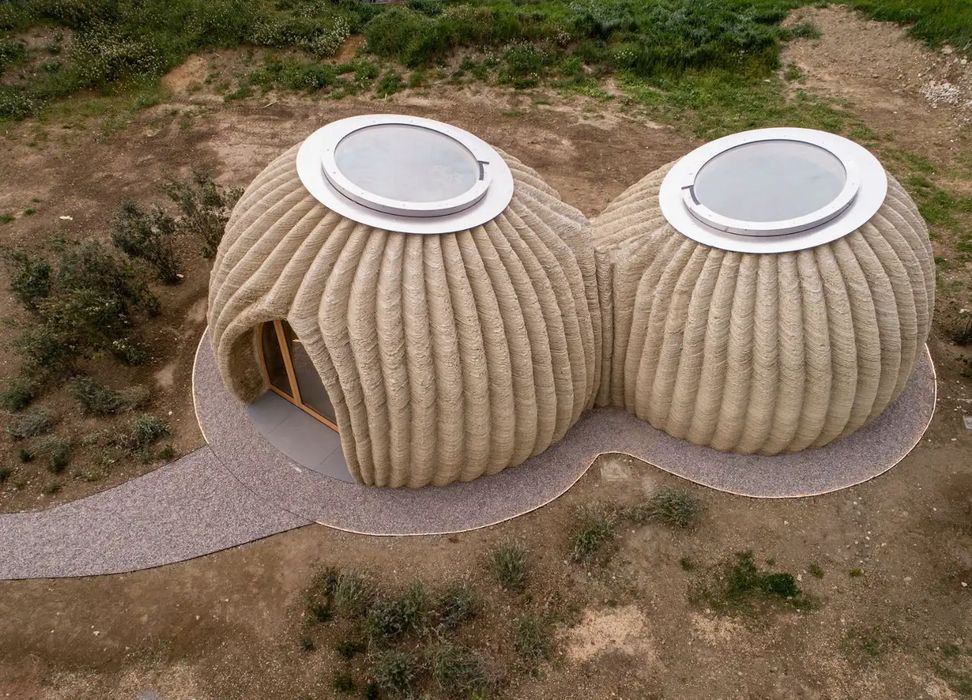
Finally there is someone talking about the biggest issue in construction 3D printing: design.
Is it the biggest issue? In my mind it really is the biggest, because there are multiple technologies already available that can competently print the concrete portions of buildings. (Note that the rest of the build projects are completed with traditional trades and methods.)
Almost all of the 3D printed building projects I’ve seen are simply recreating conventional designs, some with slight twists or curves.
That approach might allow those not understanding 3D printing to recognize the resulting building and resonate sufficiently to purchase it. But those conventional designs significantly limit the potential of the technology.
Recall that in polymer and metal 3D printing the initial stages of the technology were attempting to reproduce the same parts that had been made with conventional methods. That made some sense at the time, because that’s what the part manufacturers were seeking: the same stuff.
It didn’t end well, mostly because producing the same parts usually cost more, so most manufacturers simply stuck with what they knew: the old processes.
Things really didn’t take off until brave individuals tried to design truly new and radically different parts that leveraged 3D print technology — and indeed could ONLY be 3D printed.
These parts had multiple functional advantages, and over time manufacturing managers were won over, industry by industry. Today additive approaches are simply the only way to go for certain types of parts. As a result there is a huge boom in these areas, allowing multiple 3D printer vendors to grow dramatically.
There has been no such revolution in construction 3D printing.
I believe the construction 3D printing industry will continue to slog out projects here and there, but will not explosively grow until someone begins to leverage the technology to make truly new designs that are incredibly functional — and can be made only with construction 3D printers and suitable design software for this application.
That day might be slightly closer than we think, after reading an interesting article on The Conversation by James Rose, Director of the Institute for Smart Structures, University of Tennessee.
Rose points out:
“For centuries, wood, masonry and concrete formed the basis for most structures on Earth.
In the 1880s, the adoption of the steel frame changed architecture forever. Steel allowed architects to design taller buildings with larger windows, giving rise to the skyscrapers that define city skylines today.”
That’s the kind of revolution construction 3D printing needs today.
Rose believes, like me, there is a need for specific design software for construction. He wrote:
“Perhaps the biggest to overcome is its novelty. There is an entire infrastructure built around traditional forms of construction like steel, concrete and wood, which include supply chains and building codes. In addition, the cost of digital fabrication hardware is relatively high, and the specific design skills needed to work with these new materials are not yet widely taught.
In order for 3D printing in architecture to become more widely adopted, it will need to find its niche. Similar to how word processing helped popularize desktop computers, I think it will be a specific application of large-scale additive manufacturing that will lead to its common use.”
The revolution is not here yet, but at least smart people are talking about it, and there are the beginnings of some interesting examples, some of which are described by Rose in his story.
My hope is that some inspired people get on the case here and identify what capabilities of construction 3D printing could be leveraged into new designs that we are not already doing.
Via The Conversation
